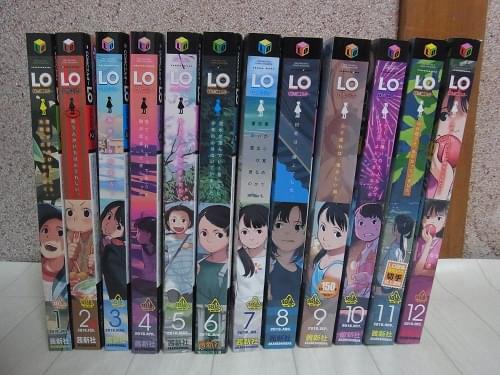Intelligent use of negative space
Following a very intellectual discussion with mariteaux, I present to you my magnum opus, an intelligent use of negative space, quite unlike the default tumblr theme. The following body text is the lolicon article on fanlore, the fannish history preservation wiki.
Lolicon
Lolicon, short for “Lolita complex”, is a genre which focuses on erotic, though not always explicit depictions of underage or prepubescent girls, and characters who look like that. The defining characteristic is aesthetics, not necessarily age. A character matching those traits is sometimes called a “loli”, even outside this genre. The term is a reference to Vladimir Nabokov’s controversial book Lolita.

Lolicon interacts strongly with the Japanese moe and cuteness cultures, and pop culture broadly. It’s mostly used in reference to Japanese media, particularly anime, manga, light novels, or video games, and especially sexual material, although that isn’t necessary. It’s a popular genre in doujinshi, and there exist several commercial serialised original fiction anthologies, which intersect significantly with fannish communities.
“Lolicon” is also used to refer to fans of such material. Sometimes, it’s used as a synonym for gynephilic paedophiles, although academics caution against conflating the terms.
Influences
The term “Lolita complex” first appeared in American author Russel Trainer’s titular book, The Lolita Complex, and it may have influenced usage in Japan. Lolicon is said to draw from shoujo and magical girl works; works such as Lupin III: The Castle of Cagliostro and Magical Princess Minky Momo were particular sensations. The origins of the genre lie in doujin works, and girls’ and yaoi manga in particular, where they still have a strong presence, such as in Comiket. Female authors, such as Kaworu Watashiya, remain influential, though some claim that interest in the genre is at least partially due to its non-feminist characters. Some authors connect lolicon to “junior idol” publications.
Controversy
Like underage, lolicon is often criticised for being child pornography, both within fannish contexts and outside them. It frequently generates wank. Its legal history is often complicated or ambiguous, even within Japan. Fandoms have been targeted for content purges in Livejournal, Reddit, Tumblr, and even 4chan. Professional authors have opposed attempts at an institutional ban.
Common Tropes
Lolicon is predominantly het, although there is yuri lolicon. Age difference, incest, corruption, and teacher-student relationships are very popular, and due to the strong relationship to Japanese tropes, there is crossover with futanari, tentacles, and so on. Many works depict characters who are capable of consenting and having intercourse without lasting damage, mentally or physically, while others place emphasis on non-con and its harmful effects.